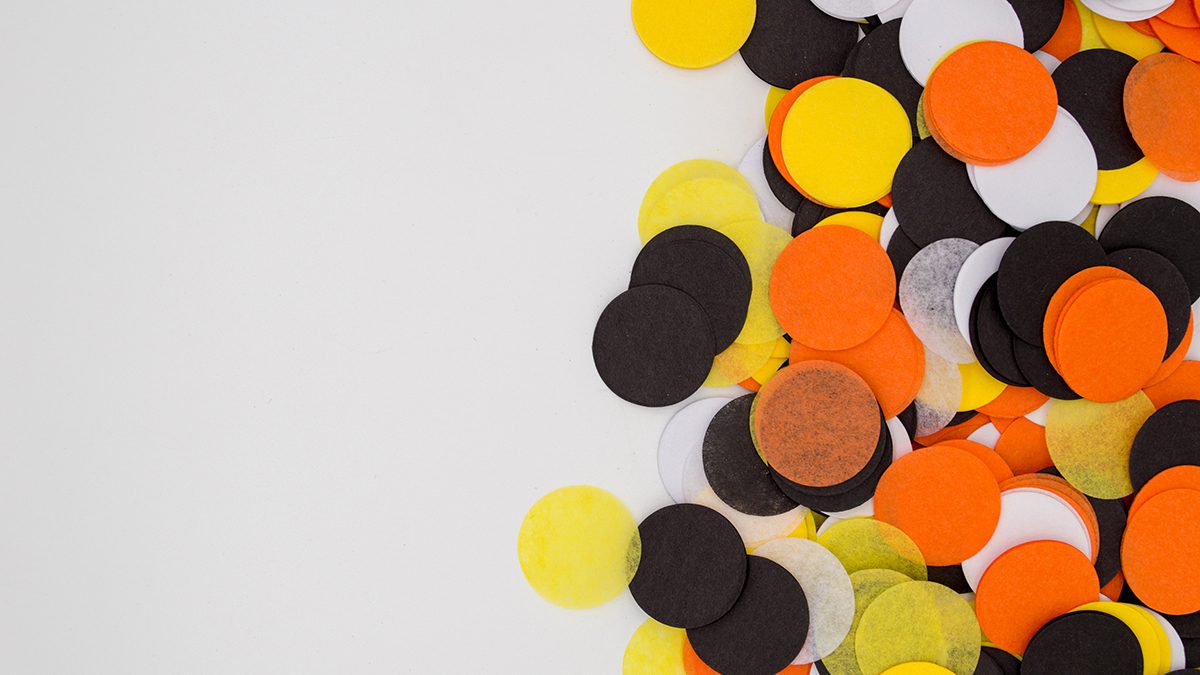B2B Content Atomisation: how to break things down to build up your audience

Content atomisation (as cool as it sounds) describes the process of breaking your content down into smaller, easily digestible chunks of content yumminess.
Think of your content like a cake. While you can absolutely eat a whole cake in one sitting by yourself, it’s far more likely that you’re going to slice it up and dish it out to friends, family, and – if you’re feeling especially generous – colleagues.
Similarly, when you create a big hero asset like a campaign video or a research report, one of the best ways to distribute that piece of content is by chopping it up and serving it across multiple platforms.
What I mean by this is: a campaign video that sits on your website is only going to be seen by website visitors, which is fine if you’re driving them there with ads. However, if you break that video down into shorter clips that can be published on TikTok, you’ve potentially unlocked access to a whole new audience.
Break it up even further into gifs to accompany some copy on Twitter and you’ve made your content work even harder.
You get the picture. But why bother?
The upside to content atomisation
Engage new audiences: content atomisation enables you to expand visibility across a bunch of different platforms.
Boost brand authority: the more content you publish, the more opportunities you’re creating for your brand to touch your audience.
Drive more engagement: content atomisation helps you delve deeper into a topic, increasing your chances of engaging with people along the way.
How to atomise your content in the best way
It sounds simple enough, but there are considerations to be made if you’re going to take this approach to content creation.
Step one: Create your foundations
When thinking about your campaign, your big-picture piece of content will likely be front of mind. This is where it’s important to think about how far this asset can go, and how much you’re able to get out of it — something which is especially important if you’re working with a smaller budget. You’ll want to consider whether your core campaign message is strong enough to not only spread across all your channels but also to generate engagement and excitement among your audience.
Questions to ask yourself might include:
- Is this a topic that we can do a lot with?
- Will people want to know more about this topic?
- Could we break this down into more assets?
Content atomisation considerations should usually be made during your campaign planning stages. However, if it wasn’t part of your initial strategy, don’t worry — there are always opportunities to do more with your content if you look hard enough.
Step two: Do your research
There’s no use atomising content for the sake of it. You want to make sure it’s getting in front of the right people.
Find out where your audience hangs out. If you’re creating a whitepaper to sit on a campaign landing page, and your audience is Gen Z, you’ve probably already lost.
However, if you’re smart about your tactics and you know that Gen Z spends a lot of time on YouTube and TikTok, you’ll be thinking about how a brand video can be distributed across TikTok.
Similarly, if your audience is a tad bit more traditional, you might bag them with a research report that you’ve broken up into infographics and sent out within an email nurture stream.
Step three: Keep adding to the conversation
Simply repeating the same copy and visuals across different platforms is going to get boring. Every time you create a new piece of content, think about how you can add to the conversation.
For example, you might’ve created a huge research paper on cybersecurity (or something equally B2B sounding) which is jam packed with interesting stats and insights. You might think to break this down into (lets say) four different infographics, one aimed at each persona you’re targeting. Or perhaps one focused around each major theme.
You’ll probably find that there are hundreds of avenues you could take if your content is juicy enough. Which is why it’s always good to think about this at the beginning of your campaign, so you have an idea of where you might end up.
Step four: Measure your success
Finally, when your campaign assets are up and running, you need to test their performance.
Content atomisation takes time, and while it typically takes less than creating brand-new content from scratch, it still takes effort. You want to make sure that the content you’ve created is doing what it’s supposed to.
If you’ve started your campaign with a solid set of KPIs then you’ll have good benchmarks to compare your results against. But remember that KPIs can fluctuate as campaigns evolve, so be prepared to work around some potentially unexpected results.
Crucially, as well as assessing your hero asset’s success, you want to measure how any atomised content is performing. Are people engaging with it? If not, it might be time to change tack.
That’s something we at Earnest are pretty good at helping people do. Get in touch with us today and let’s have a chit chat about how to get your content up and running.
• • •
